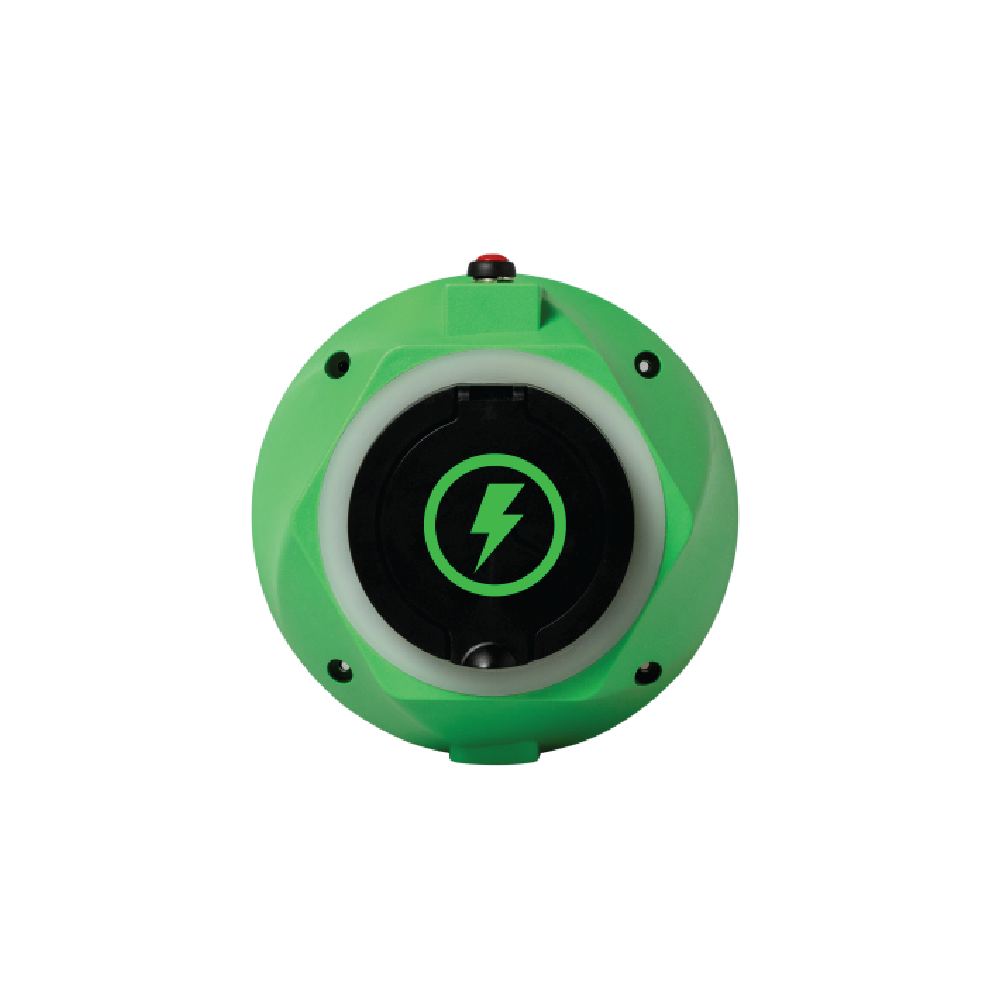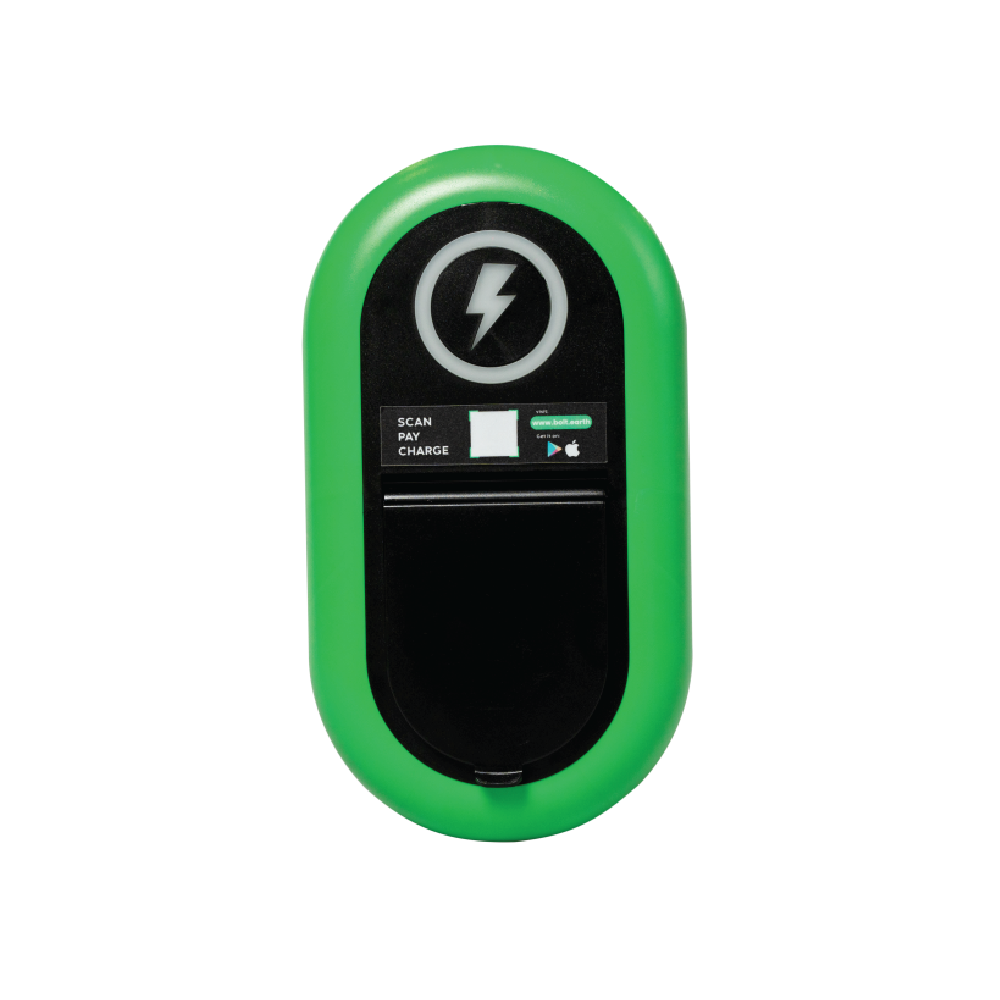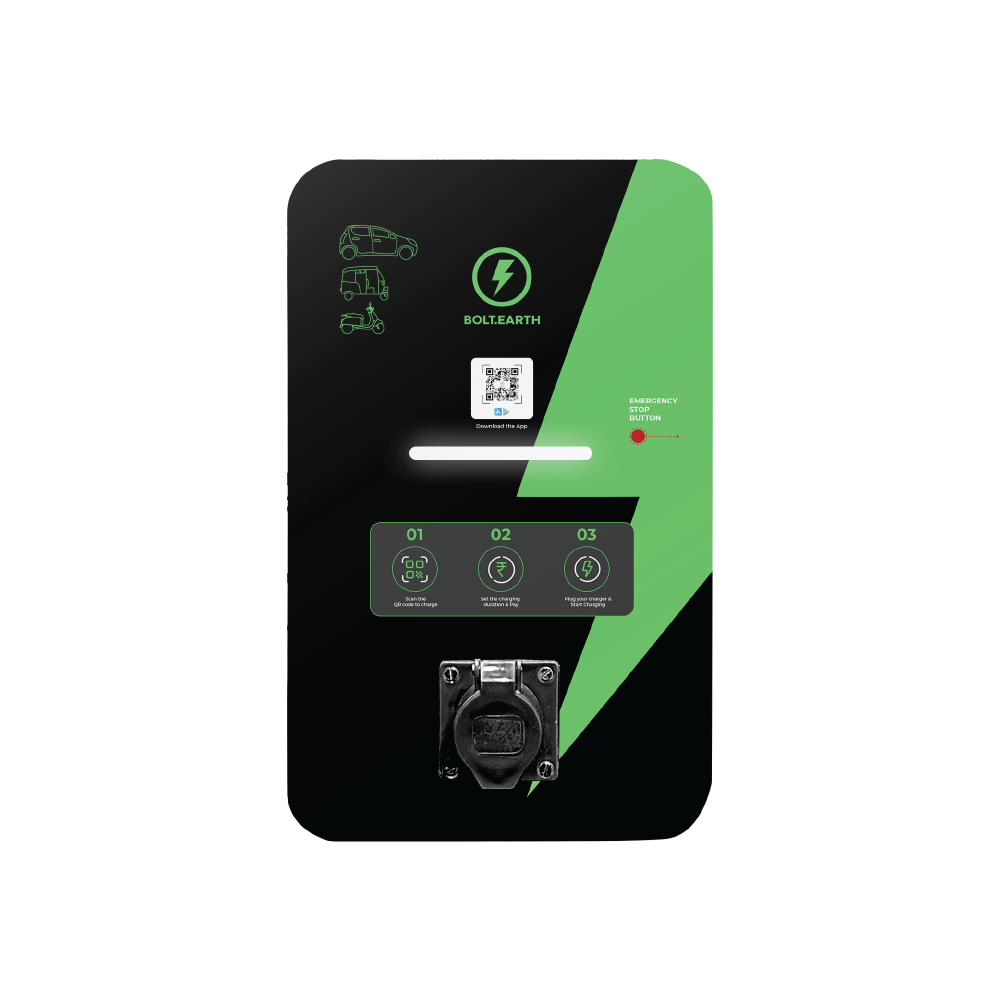Top 5 EV Charging Innovations of 2026 Set to Solve Range Anxiety
Raghav Bharadwaj
Chief Executive Officer
Published on:
28 Oct, 2025
Updated on:
24 Nov, 2025

Below are five global innovations in EV charging poised to meaningfully impact India’s EV charging ecosystem by 2026. Each innovation redefines the charging experience in terms of speed, efficiency, and cost-effectiveness, helping India leapfrog infrastructure challenges and accelerate EV adoption.
5. Megawatt EV Platforms: 1,000V Architecture Brings 1 MW Charging to the Masses
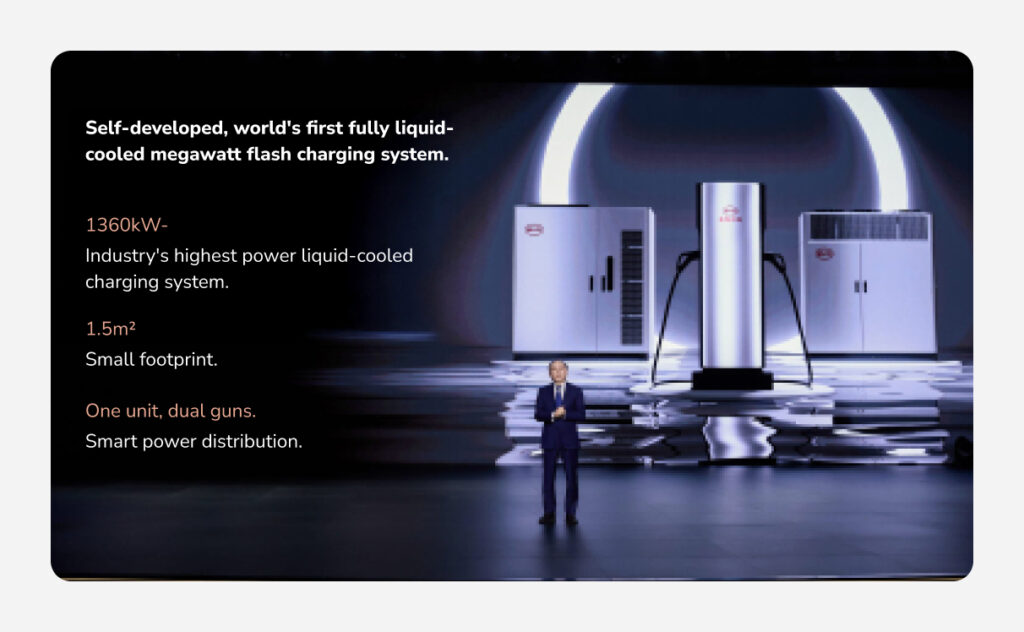
Chinese automaker BYD has “flipped the switch” on charging times with its new Super e-Platform, unveiled in March 2025. This is the world’s first mass-produced “full-domain” 1000-volt EV architecture, delivering megawatt-level charging power. BYD demonstrated that an EV using this platform can gain approximately 400 km of range in just 5-minute, equivalent to 2 kilometers of driving range per second.
With a 1 MW peak, using 1000 V and 1000 A, charging an EV can rival the convenience of refueling a petrol car. Importantly, BYD is rolling out this capability in mainstream models like the Han L and Tang L sedans/SUVs, democratizing ultra-fast charging for everyday drivers.
To support this surge, BYD plans to build 4,000 new “Flash Charging” stations across China. Each station features liquid-cooled 1 MW DC chargers, smart energy management, and often onsite solar power. These hubs can serve dozens of vehicles per hour, minimizing wait times even during peak demand. As more automakers adopt 800V+ architectures and megawatt charging standards, pit stops will shrink from hours to minutes, erasing one of the last barriers to practical electric road trips for commuters and commercial fleets alike.
4. Megawatt Charging: New Benchmarks for Passenger EVs
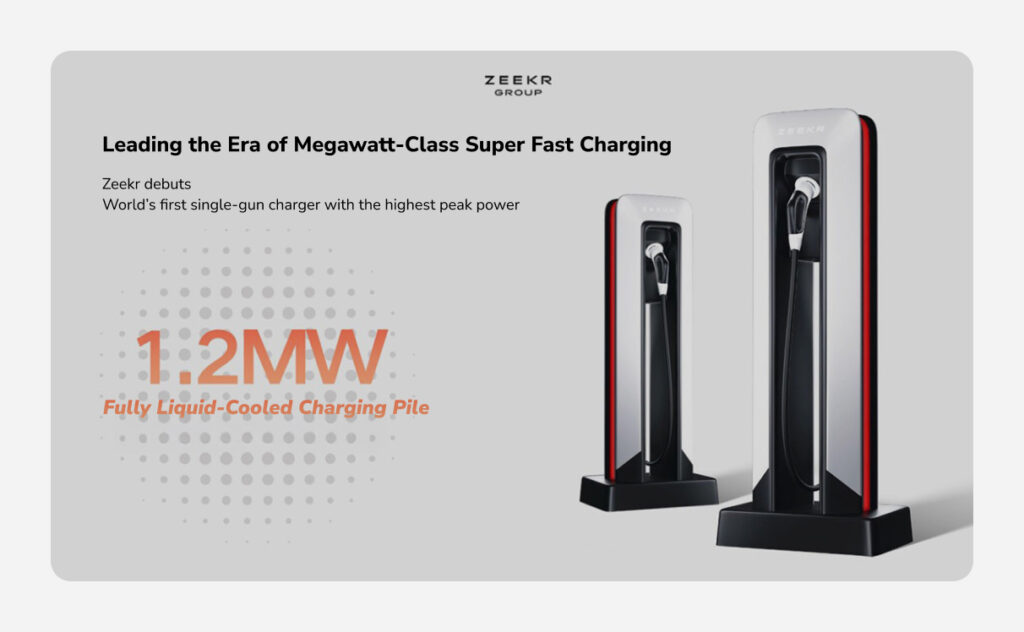
Once reserved for heavy-duty electric trucks and buses, megawatt-class charging is now entering the passenger EV segment. Thanks to rapid advances by companies like Zeekr, BYD, and Huawei, charging speeds are reaching unprecedented levels. At 1.3 MW (roughly 1,300 kW), an EV could gain 500 km of range in about 5 minutes of charging. China is leading this ultrafast charge; premium EV brand Zeekr (part of Geely) recently unveiled a 1.2 MW fully liquid-cooled charger for passenger vehicles, the highest-powered car charger to date. It leapfrogs BYD’s 1 MW system, although current EV models need to catch up to fully utilize this capability.
Huawei has also announced a 1.5 MW charging system for electric trucks, delivering 2,400 A of current and up to 20 kWh per minute of energy transfer. All this means that in China hundreds of 1 MW+ public charge points are already live, and thousands more are planned by 2030. These ultrafast stations use innovations like liquid-cooled cables and AI-powered load balancing to safely manage high power flow during peak hours.
Europe and the US are following suit. The EU’s new regulations support megawatt-class chargers along core highways, and companies in both regions are testing the technology for future networks.
The result? EV drivers will soon “fill up” as quickly as stopping at a petrol pump, making long-distance electric travel effortless and range anxiety a thing of the past.

3. Wireless EV Charging Will Redefine Convenience
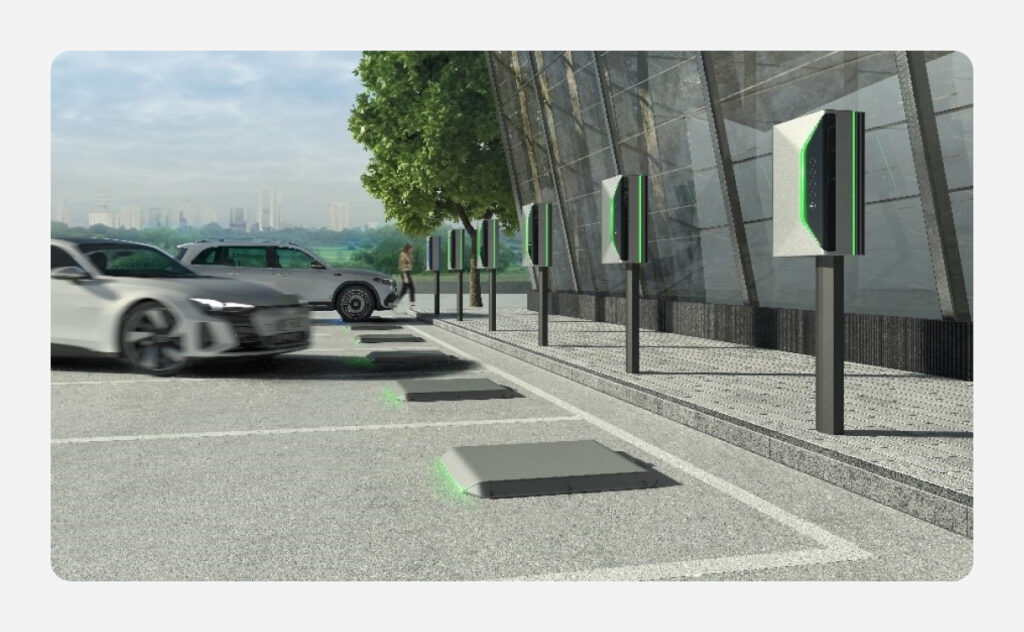
Wireless charging uses electromagnetic induction to transfer energy without a physical cable. A charging pad embedded in the ground transmits energy to a receiver coil on the underside of the car, even with an air gap of up to 25 cm.
Massachusetts-based WiTricity is rolling out its Halo wireless charging system for real-world use. After successful demos retrofitting a Ford Mustang Mach-E and a Tesla Model 3, WiTricity is deploying Halo on E-Z-GO and ICON electric golf carts and light vehicles as part of a commercial pilot. The system delivers about 11 kW, translating to roughly 35 miles of range per hour of charging.
Major players are backing the tech. WiTricity’s investors include Mitsubishi and Siemens, and it’s partnering with South Korea’s KG Mobility (formerly SsangYong) to integrate wireless charging in future models. Another startup, HEVO from Brooklyn, is testing a 50 kW wireless charging pad on a Chrysler Pacifica minivan and developing a 300 kW version for the next leap in power.
Tesla has also confirmed it’s developing an inductive charging solution. As Tesla’s design chief noted, “You don’t even need to plug in… just pull into your garage, drive over a pad, and it’s charging.”
With industry standardization efforts underway, wireless charging pads could soon appear in garages, shopping centers, and taxi stands. This technology makes charging as easy as parking, rendering the entire charging process invisible and eliminating day-to-day range anxiety.
2. Electrified Roads: Charging Vehicles in Motion
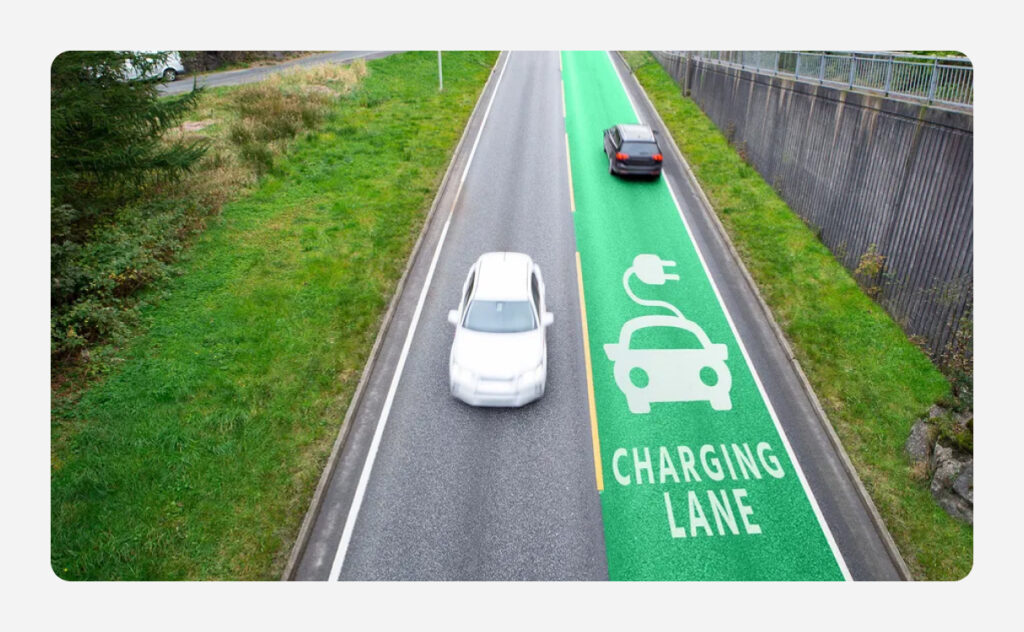
If wireless charging pads seem futuristic, how about roads that charge your car while driving?
Sweden is building the world’s first permanent electrified highway, a stretch of the E20 motorway, where EVs, especially heavy trucks and buses, will charge on the move. The system can use either embedded conductive rails or inductive coils under the asphalt to transfer power dynamically.
In one tested design, a conductive rail connects to a pickup arm under the vehicle, delivering up to 200 kW of power in real-time. That’s enough to keep a typical bus or truck moving indefinitely without exhausting its battery. Sweden’s pilot projects have validated both approaches, including a 2.5-mile inductive trial on Gotland Island. The first 21 km (13 mile) permanent e-motorway is slated to open by 2025, with plans for 3,000 km of electric roads by 2035.
Similar trials are underway in Germany, France, Israel, China, and South Korea. These innovations blend charging infrastructure into daily life, charging city buses at the spotlights or EVs while cruising on highways.
For commercial fleets, electrified roads mean higher uptime and smaller batteries. For everyday drivers, it promises a future where finding a charging station is no longer a concern – the road itself becomes the charger.
1. 5-Minute Charging Batteries: Recharging 500 km Range in Minutes
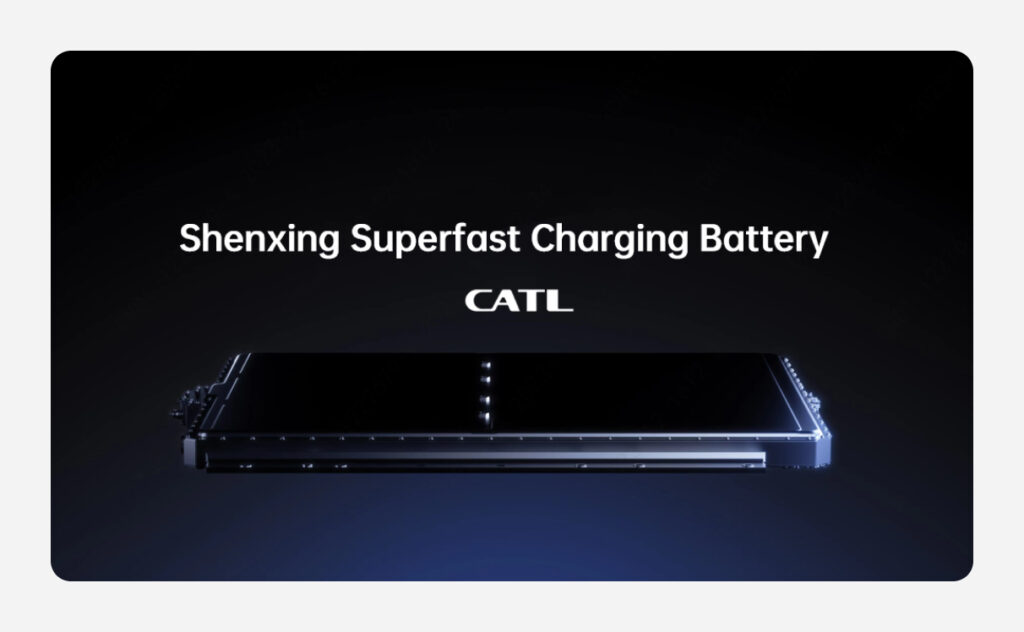
The holy grail of fast charging, adding hundreds of kilometers of range in minutes, is becoming reality with new battery technology. CATL’s latest Shenxing ultra-fast battery, unveiled in 2025, this second-generation lithium-iron-phosphate pack with a 12C charge rate and peak input of 1.3 MW. It can add 520 km of range in only 5 minutes, jumping from 5% to 70-80% charge in the time it takes to stretch your legs. This beats even the impressive 400 km in 5 minutes claim of BYD’s recent 1 MW battery platform. With Shenxing, a full 800 km (approx. 500 mile) pack can recharge from 5% to 80% in just 15 minutes under optimal conditions, twice as fast as the best chargers of 2024. Crucially, these new batteries maintain high charging power even in cold weather, delivering approx. 830 kW at -10 °C. This addresses a major drawback of earlier fast-charge cells and makes ultra-fast charging viable year-round.
Final Thoughts
By 2026, EV charging technology will leap to new heights: 5-minute charges, 1,000 km batteries, 1+ MW chargers, cable-free charging, and even charging highways. What felt cutting-edge in 2023 will be routine. Range anxiety and downtime will fade into history, much like dial-up internet or analog cellphones.
India’s EV industry, already among the most dynamic globally, stands to benefit immensely. With the right investments and forward-thinking policy support, India can not only adopt but also lead in deploying these solutions. The road to 2026 is electrifying, and these five charging innovations are lighting the way towards an ultra-fast, ubiquitous, and unimaginably convenient electric future.

Frequently Asked Questions
When will Indian EV drivers actually experience 5-minute charging?
India is closer than it seems. With Tata and Mahindra adopting 800V systems and startups piloting megawatt-level chargers, metro-city corridors could see 5-minute charging stations by 2026–27. Early rollout will likely focus on highways and commercial hubs before expanding into city centers.
Will new megawatt chargers work with existing EVs?
Not immediately. Most current EVs use 400V systems, while megawatt chargers are designed for 800V–1000V vehicles. However, automakers are introducing bidirectional adapters and flexible charge modules, so newer EVs may not require major upgrades right away.
Are ultrafast and wireless EV chargers environmentally friendly?
Yes, these technologies reduce grid stress by shortening charge times and often run on renewable energy. New LFP batteries also use fewer rare-earth metals and offer longer lifespans, making the entire ecosystem more sustainable.
![Top EV Launches in India 2025: Cars, Scooters and 3-Wheelers [+Bolt.Earth Charger Compatible]](https://bolt-wordpress.bolt.earth/wp-content/uploads/Top-EV-Launches-in-India-2025_-Cars-Scooters
-3-Wheelers-Bolt.Earth-Charger-Compatible.jpg)


